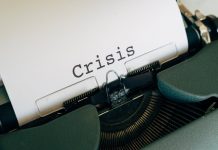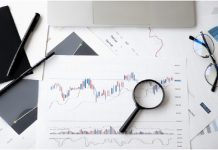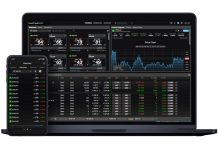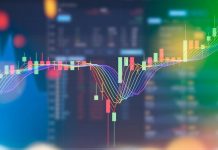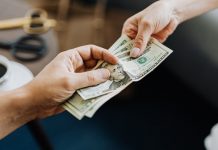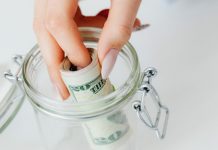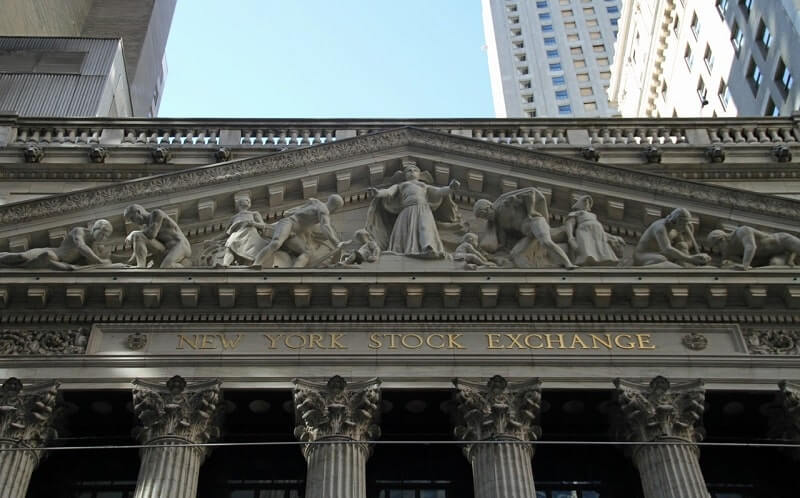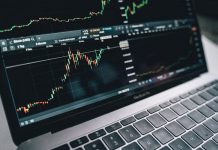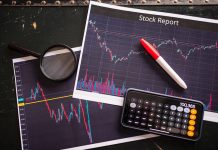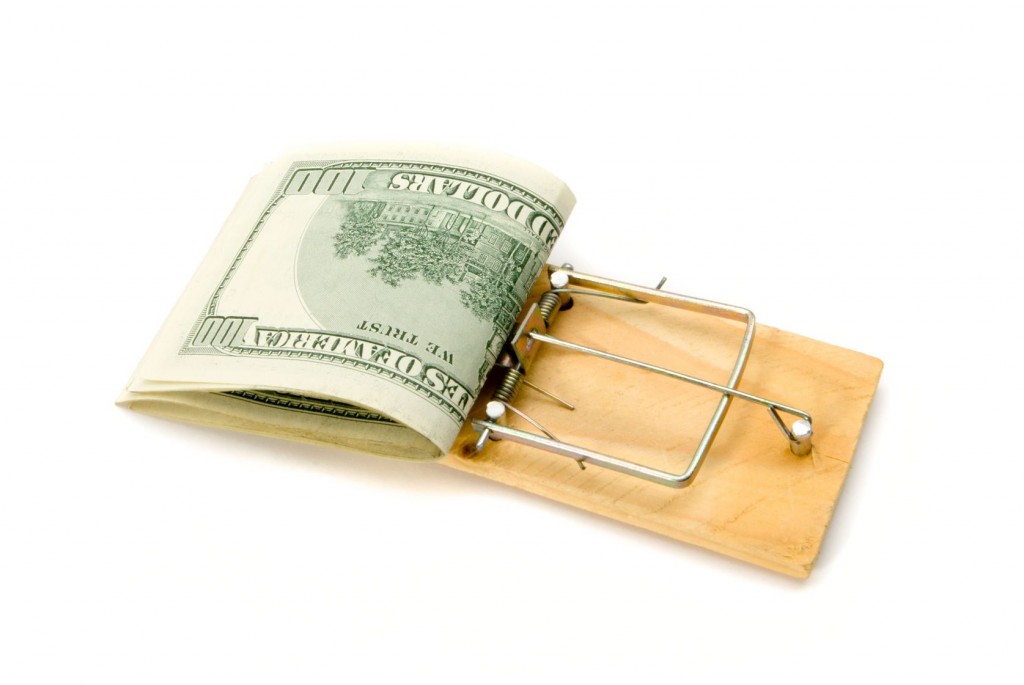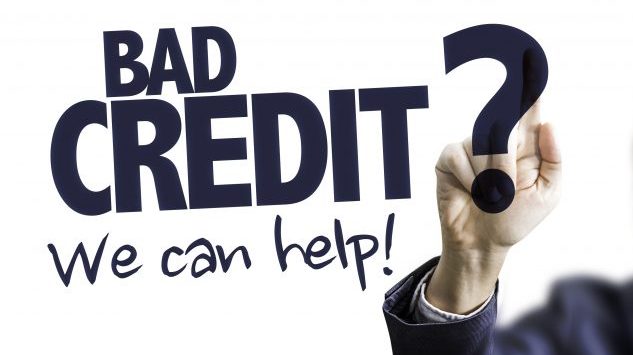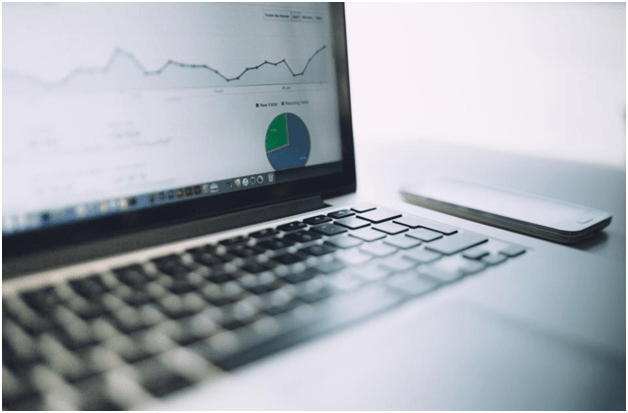The COVID-19 pandemic has affected everyone, all around the world, in some way, shape, or form. It has left many without jobs, sick, or even wondering what tomorrow will look like. There are so much fear and uncertainty that surrounds the current pandemic. This fear has been attributed to the U.S. stock market and investments taking a turn at the start of the pandemic.
U.S. Stock Market & Investments Prior to COVID-19
Prior to the COVID-19 pandemic, the U.S. stock market was at an all-time high. According to USA Today, 2019 was a great year for investors. The Dow Jones Industrial Average (Dow) rose by 22 percent in 2019. The board index closed at an all-time high 35 times this year. General Electrics was up 47 percent, Homebuilder Lennar was up 43 percent, and Applied Materials was up 86 percent in 2019.
According to Thrivent Funds, by the end of 2019 in November, The S&P 500 rose 3.40 percent for the month. The total return of the Standard & Poor’s (S&P) 500 was 3.63 percent in November and 27.63 percent through the first 11 months of 2019. The National Association of Securities Dealers Automated Quotations (NASDAQ) Index was up 4.50 percent in November, from 8,292.36 at the end of October to 8,665.47 at the November close. The NASDAQ Index was up 30.60 percent for the year.
Additionally, the retail sales in the U.S. were up, treasury yields were up, international equities were up, and motor vehicle sales were up. Most S&P 500 sectors were up including Information Technology up by 5.38 percent, Health Care up by 5.04 percent, Financial up by 5.04 percent, and Industrials up by 4.46 percent. All of this to sum up that 2019 was characterized by solid consumer spending, a strong job market, and high corporate earnings. By the end of 2019, the stock market was set to keep surging.
U.S. Stock Market & Investments During COVID-19
When COVID-19 hit, the global economy plummeted in early spring. Employees were being laid off, salaries cut, 401(k) matching eliminated to conserve cash and reduce layoffs. According to Forbes, the market hit a low point on March 23rd due to people being forced to stay home in order to stay safe from the coronavirus. This resulted in S&P dropping by 30 percent, NASDAQ dropping by 25 percent, and the Dow dropping by 34 percent.
CNBC Market reported that the Dow and S&P 500 both have been seeing drops due to the uncertainty surrounding the global pandemic. Many stocks fell due to the increasing number of COVID-19 cases occurring outside China.
The Dow dropped 1,031.61 points, or 3.56 percent to 27,960.80 due to COVID-19 fears. The S&P dropped 3.35 percent to 3,225.89 and the Nasdaq Composite dropped 3.71 percent to 9,221.28. This was the Dow’s biggest drop since February 2018. The S&P also had its worst day in two years, nearly eliminating its gain for this year.
Additionally, the pandemic impacted airline stocks such as Delta and America, which both saw a drop of 6 percent. United also saw a drop of 5.4 percent. Las Vegas Sands and Wynn Resorts, both casino operators experienced drops of 5.2 percent and MGM Resorts dropped 5.4 percent due to the pandemic. Apple and its suppliers also dropped by 4.8 percent. When the pandemic was just getting started there was so much fear and uncertainty surrounding it that the stock market took a turn for the worse.
U.S. Stock Market & Investments Now
However, this drop in the stock market didn’t last long. Currently, the US stock market is rebounding from COVID-19. It is nowhere near to where it was prior to the pandemic. As jobs are returning, layoffs are still at an all-time high, with around 13 million jobs lost during the pandemic. The unemployment rate was at 10.2 percent in July compared to being only at 3.5 percent prior to the pandemic.
According to Business Insider, Apple, Microsoft, and Amazon have all surged since the pandemic. Shares in the S & P 500’s tech sector have increased by 25 percent so far this year. Also, stay-at-home stocks such as Netflix, Zoom, and Peloton have all increased. All these companies have been attributed to helping keep the stock market up.
The market continues to grow in recent weeks due to optimism about reopening the economy. The S&P 500 is finally turning positive for the year and fully recovering from its losses from COVID-19 in March. It is now up by 44 percent from its coronavirus low on March 23rd, 2020. The Dow Jones Industrial was up by 1.7 percent, which is around 450 points as well as NASDAQ being up by 1.1 percent. Stocks also got a big boost after 2.5 million jobs were added in May.
According to BBC News, the recovery from the decline of the stock market is largely due to Federal Reserve moves and stimulus packages. The Central Bank has put 3 trillion dollars back into financial markets since February. The Federal Reserve has also implemented a lot of emergency initiatives to help out the economy such as rate cuts and lending programs. Demand from investors who are confident the economy will recover from the downturn is also adding fuel to the stock market surge.
Final Thoughts
The US stock market and investments now are coming back from their decline at the start of the pandemic. Thanks to the Federal Reserve and stimulus packages the economy has been able to get back on its feet. However, stocks have been moving higher in recent weeks despite the civil unrest from the death of George Floyd. Even though this has not been a threat to Wall Street yet, it doesn’t mean that it can’t happen.
Finally, job loss, stock market decline, and stress surrounding the pandemic have also contributed to an increase in people becoming too addicted to alcohol. Being forced to stay home has caused a lot of people to engage in maladaptive coping mechanisms as a way to overcome fears of their 401(k) dropping and how they will keep up with their bills. If you or someone you love is suffering from an alcohol addiction caused by the effects of the pandemic on the stock market, finding high-quality alcohol addiction programs can help. These rehab centers will provide you or your loved one with the support you need to overcome your addiction and get back to a healthy lifestyle.







